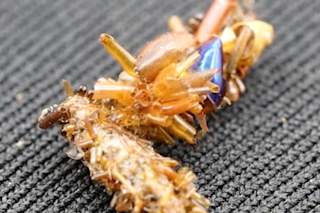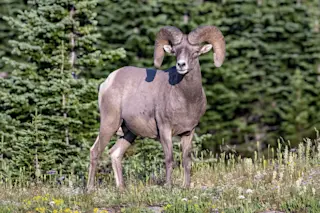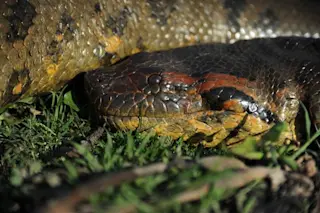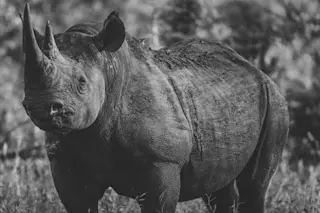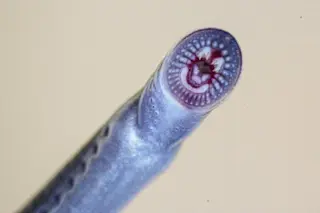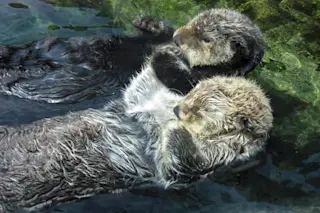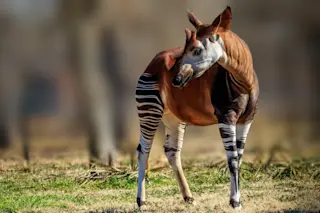Sixty-five million years ago, a giant meteorite struck what is now the northern edge of the Yucatan Peninsula in Mexico, leaving a crater 120 miles wide and wiping out nearly half the world's species, including the dinosaurs. Now geologists have found that the impact shattered the edge of the continent, which collapsed in a giant submarine landslide.
Marine geologist Tim Bralower of the University of North Carolina was studying deep-sea sediment cores drilled from the middle of the Caribbean when he noticed a curious combination of materials in his sample. In sediment layers from the time of the impact, he found tiny glassy beads of melted rock, called spherules, mixed in with rock fragments and fossils that clearly predated the impact. When he looked at the same layer in cores from the Gulf of Mexico due north of the impact site, he found the same cocktail of particles. Spherules are ...







